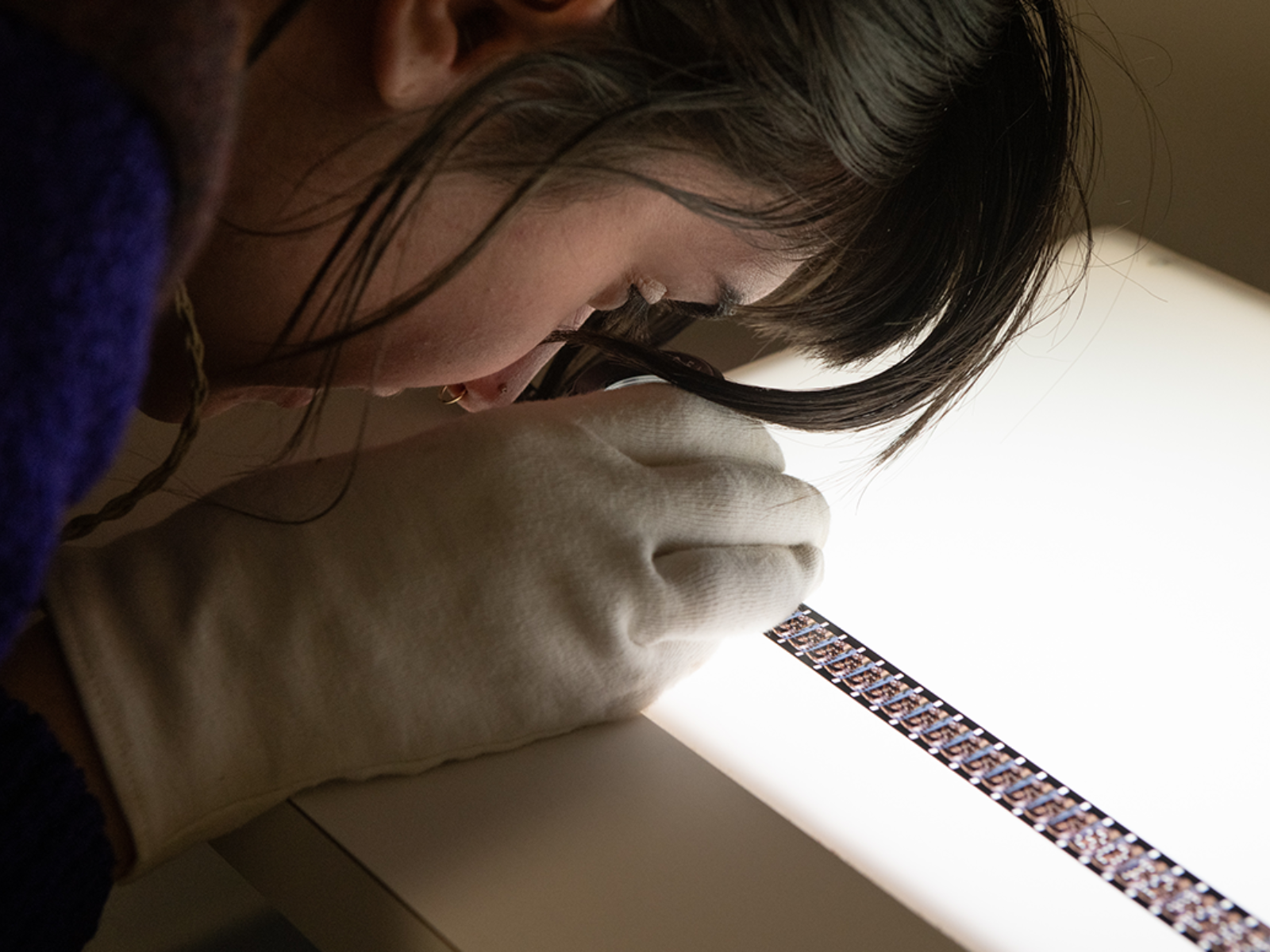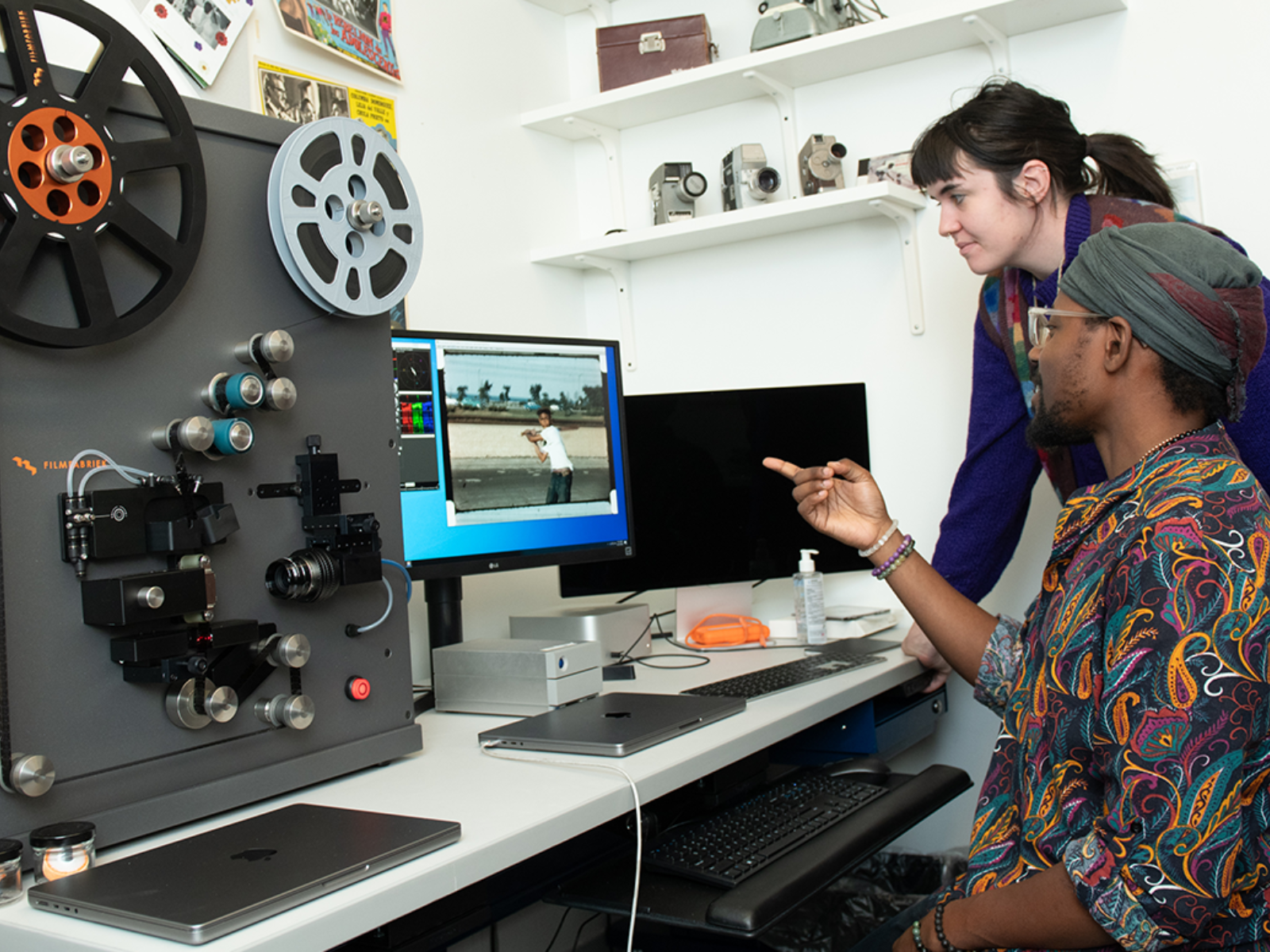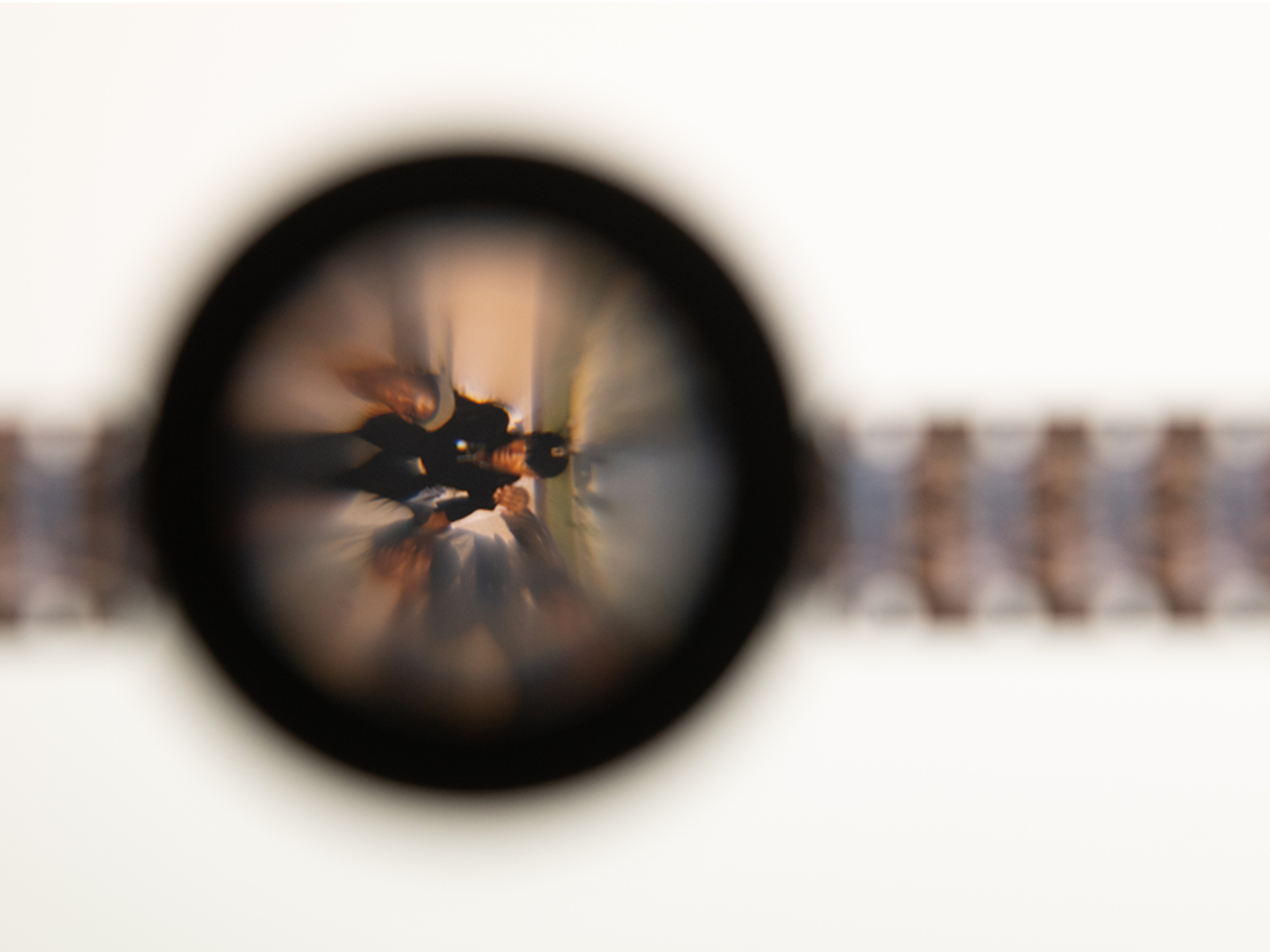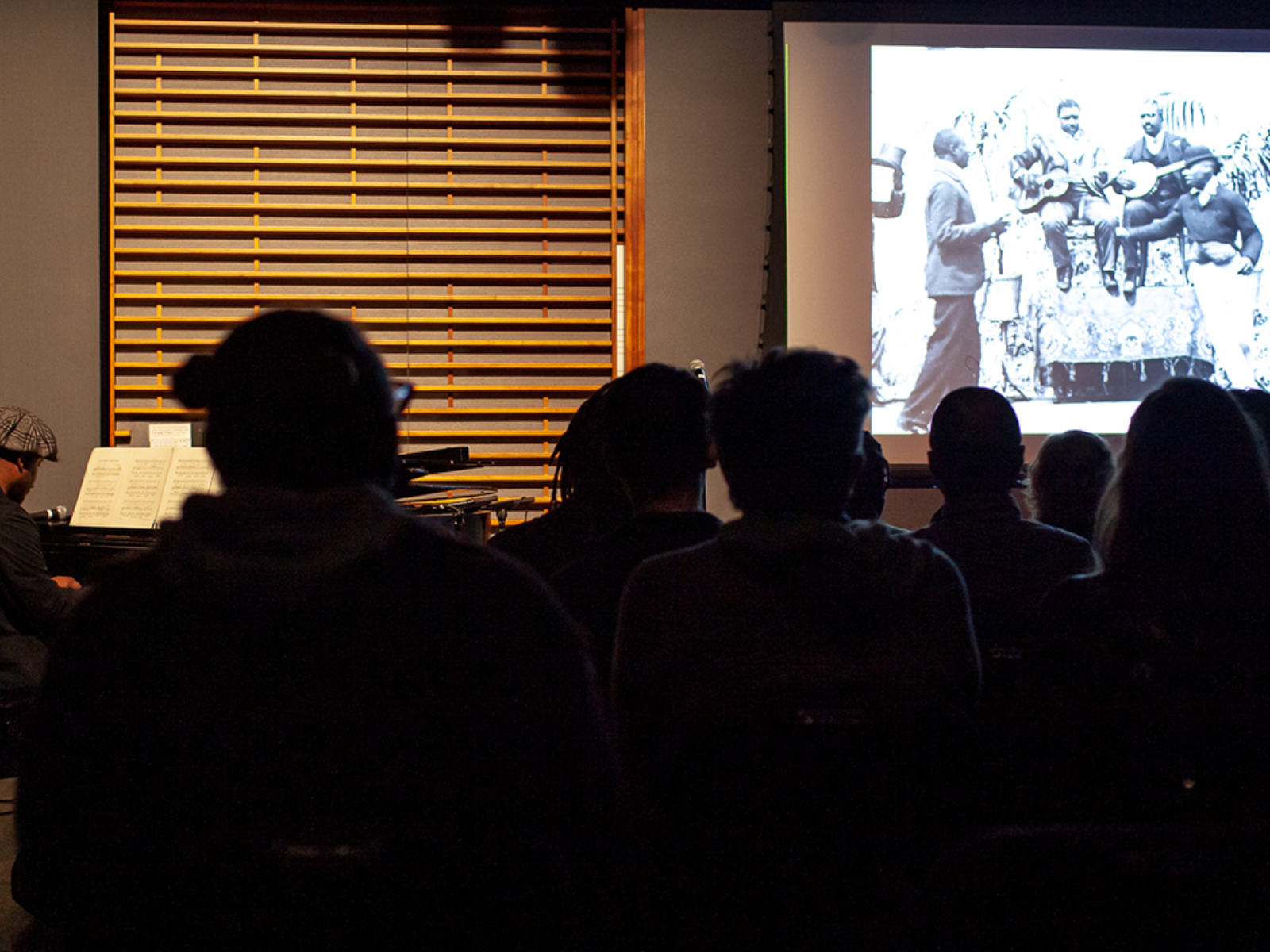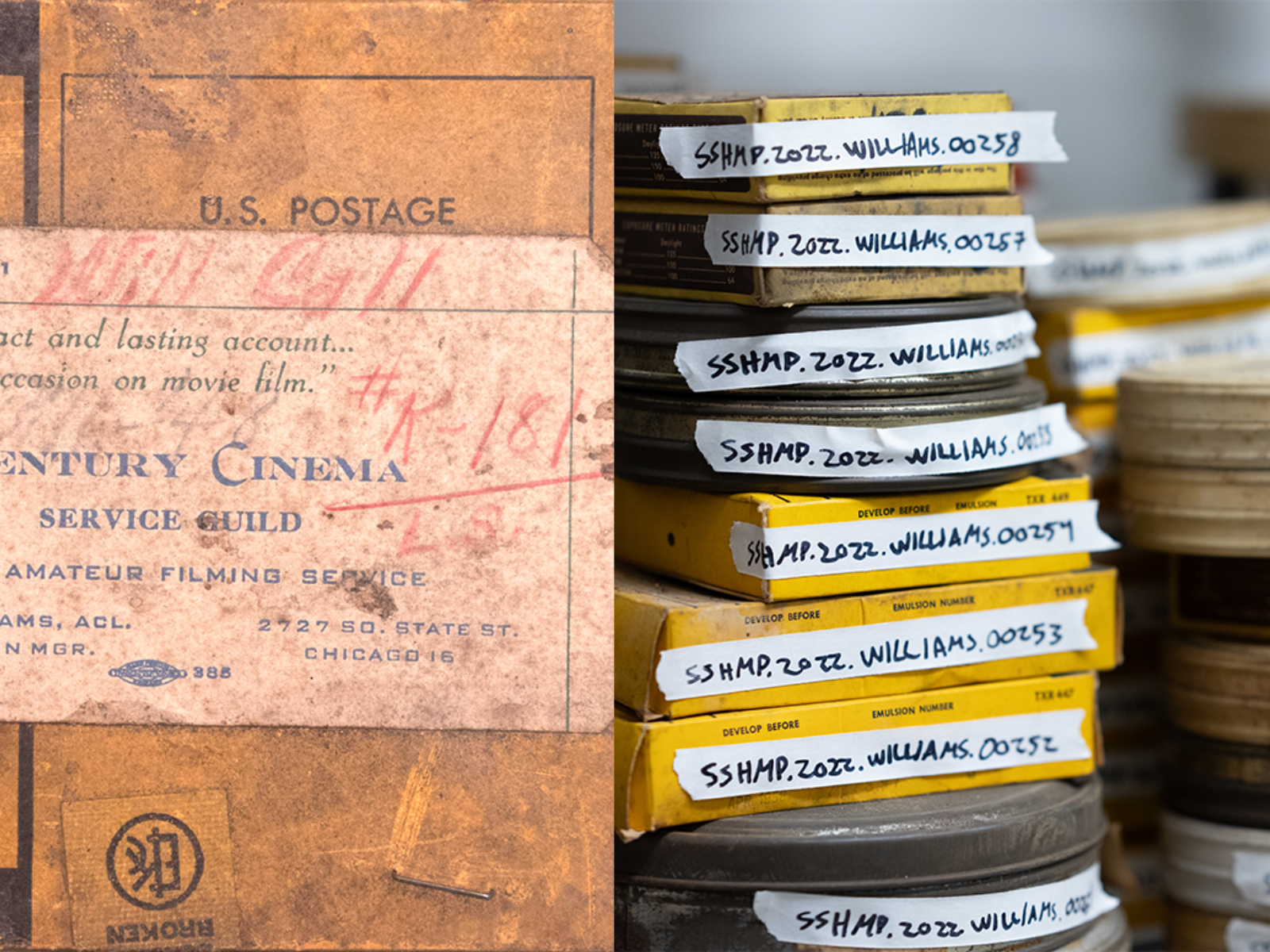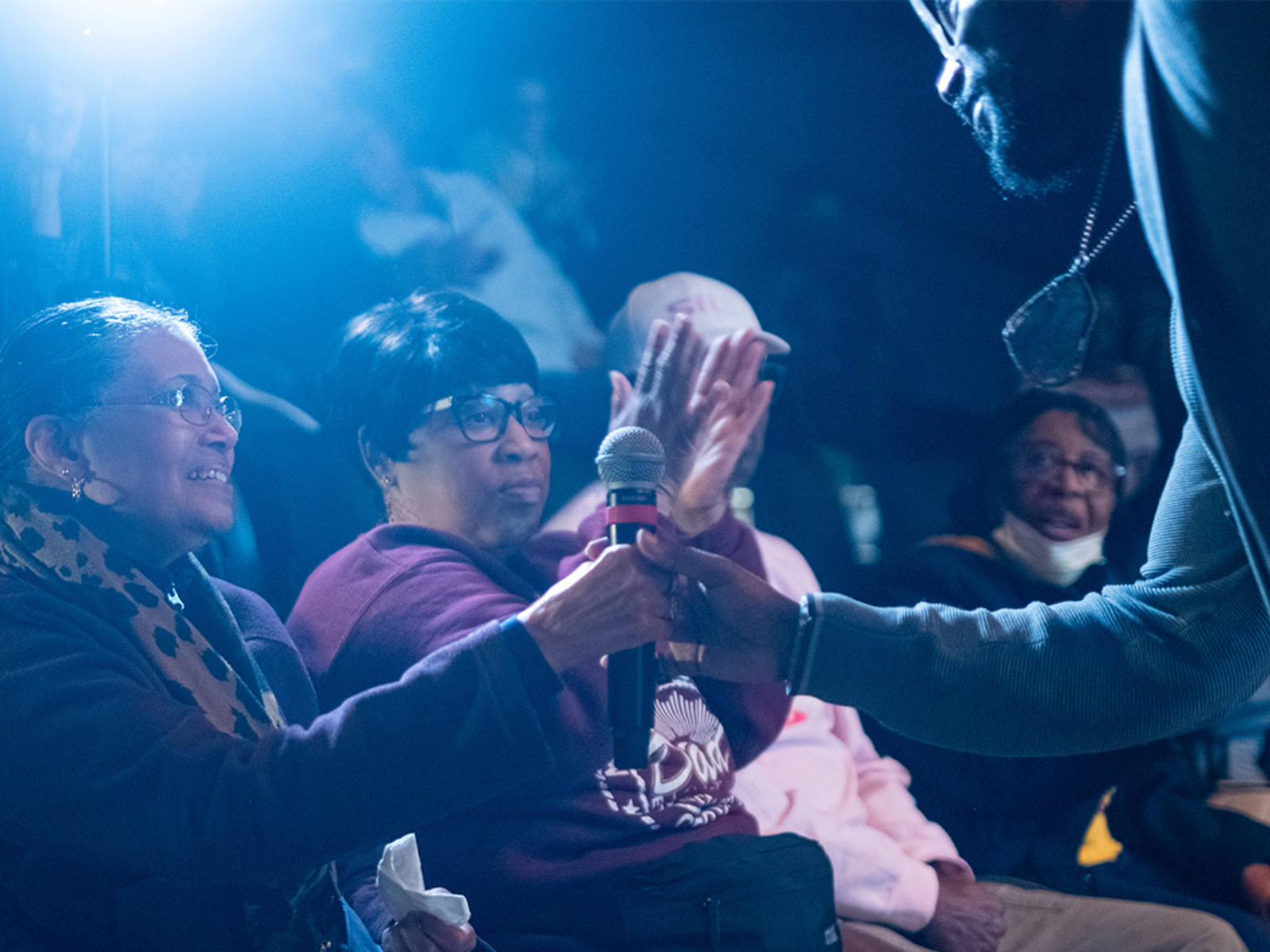Film Archivist Keeps Chicago Families’ Memories Alive
Written by Tori Lee, UChicago News on
12.07.2023
for Read more
Saroop Singh (Justin D. Williams) of UChicago’s South Side Home Movie Project sees preservation as ‘a form of grief work’
Saroop Singh (fka Justin D. Williams) sees home movies as gateways into memories. Christmas mornings in wood-paneled family rooms. Playing cards in chartreuse-colored kitchens and Bronzeville clubs filled with people in tailored suits.
As lead archivist and Assistant Director for the South Side Home Movie Project, Singh (Williams) collects and preserves films recorded by residents of Chicago’s South Side. Shot between the late 1920s and early 1980s, each reel is a sliver of everyday life—pieces often missing from traditional histories of the city.
“Not only do we collect and preserve the films, we are collecting stories about the larger aspects of a person's life—the ways in which they explored their sense of freedom, domesticity or adventure,” said Singh (Williams).
Acclaimed film scholar Prof. Jacqueline Stewart began the project in 2005 to explore film culture outside of mainstream theatrical releases and to collect evidence of Chicago’s evolving South Side. Now an initiative of UChicago’s Arts + Public Life, the project has digitized more than 700 films—most of which live in a public archive.
When films arrive at the Reva and David Logan Center for the Arts—in everything from original 16mm film canisters to yellow Super 8 containers to gift boxes—Singh (Williams) leads the careful inspection and digitization process.
But the team is creating more than a storage vault.
Singh (Williams) and other project staff diligently host watch parties where donor families can memorialize and share stories. Public events like the project’s Spinning Home Movie series encourages musicians to incorporate archival holdings into new artwork—all the while introducing the films to new audiences.
“I really believe that part of archiving this work is showing it,” said Stewart in a conversation with artist Jamila Woods for the Portable Gray Journal. “You’re actually archiving it by putting the archival material in people’s minds and consciousness, and then wherever those mental images are, they are keeping that history alive and moving forward.”
A memory worker
Though Singh (Williams) is relatively new to film archiving, they’ve long been interested in memory and storytelling. Singh (Williams) grew up in Georgia listening to their father’s stories about the Civil Rights Movement and the integration of Atlanta.
At Brown University, Singh (Williams) majored in Africana Studies, but was drawn to the department’s theater, where the concepts they studied took on new life. Singh (Williams) picked up photography, then other forms of digital storytelling.
“Art often gives us a new way to hold memory—with all its challenges, pain and triumphs,” said Singh (Williams).
After college, Singh (Williams) came to Chicago, where they worked with community-focused documentary production company, Kartemquin Films, and oral history non-profit, StoryCorps. In 2018, Singh (Williams) joined UChicago’s Jonathan Logan Media Center and led the Digital Storytelling Initiative from 2018-2020.
When Singh (Williams) joined the South Side Home Movie Project in 2020, they brought an understanding that diving into the past can be painful. Singh (Williams) knows their asking owners to go through put-away boxes and sometimes re-engage with grief.
“I've gone through that process myself,” said Singh (Williams). In the span of two years, Singh (Williams) lost their mother, sister and great-grandmother. While navigating grief, Singh (Williams) found that, eventually, re-engaging with the images and belongings of loved ones was helpful.
Singh (Williams) understands it can take years before someone feels ready to open those boxes, but they are willing to wait.
“We're patient,” said Singh (Williams). “We're grateful that, with the support of the University, we can be around as a resource, rather than someone feeling like they have to go through all those emotions very quickly.”
It took documentarian and life-long South Sider Susan Carlotta Ellis a while before she felt comfortable donating her home movies to the project. Shortly after she did, her family home in Auburn Gresham tragically caught fire after being struck by lightning.
“Had I not removed some of those films, they would have been gone,” said Ellis.
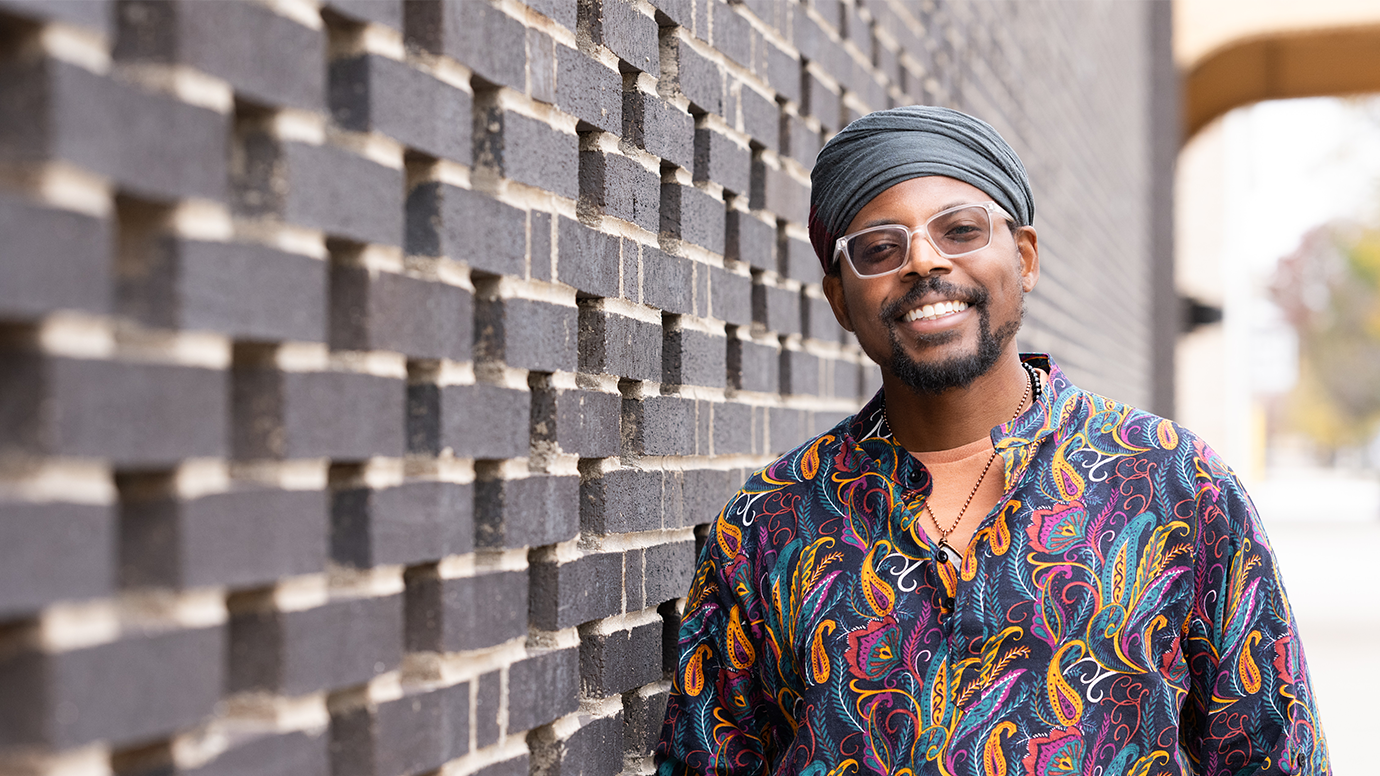
For an exact and lasting account…
The collection of 40 films were shot by her parents Alphonse and Nancie Teer Ellis in the 1960s and ‘70s. Ellis describes them as “a Kodak family,” who had dozens of cameras and projectors over the years.
When Ellis watched her films back, the experience brought laughter and tears. “It was beautiful to see those memories and remember those moments,” said Ellis. “Even if those relationships didn't last or changed, you still can go: ‘I remember that, and it was good.’”
For an exact and lasting account…
Chicago’s South Side has also experienced tremendous change. During the Great Migration, approximately 1910 to 1970, waves of African Americans came to Chicago from the South in search of opportunities and to escape racial violence.
For Singh (Williams), viewing these films through this lens is key. “These are migrants and the children of migrants who, despite circumstance or other obstacles, are finding ways to still express joy, freedom and make community,” said Singh (Williams).
Over the last century, many parts of the South Side have undergone dramatic boom and decline cycles. As a result, past and current residents see neighborhoods that often look very different from their memories.
“Grief isn't just individual; it is communal and collective,” said Singh (Williams). “We can also grieve the places we come from, because they don't exist in the same way anymore.”
In 2019, a small bag of films was left at the front desk of the Logan Center for the Arts full of 16mm reels. When Singh (Williams) digitized the first reel, the team was astounded.
They found footage of the 1948 Bud Billiken Parade, a historic celebration held down King Drive each year. Boxer Joe Louis waved as the Grand Marshal.
Each reel that came after was another piece of Chicago history—from tennis legend Althea Gibson’s landmark U.S. Nationals win to visits by Queen Elizabeth and Ethiopian leader Haile Selassie.
The footage was shot by Ramon Williams, a Chicago electrician who documented the social and cultural life of Bronzeville in the 1940s, ‘50s and ‘60s. Since the initial donation, the collection has grown to over 300 reels of footage discovered by family friends.
“His films help us center Chicago in this era of black Renaissance that's mostly been attributed to New York,” said Singh (Williams).
Though the collection departs slightly from a traditional home movie, it’s invaluable material for scholars, historians and community members alike. Singh (Williams) screened clips from the collection at the South Side Home Movie Project’s Home Movie Day celebration, an international holiday which encourages communities come together for film screenings and storytelling.
“The most important thing to preserve for the future, is to show how people lived,” said Ellis, “and not allow other people to create the story for you.”





